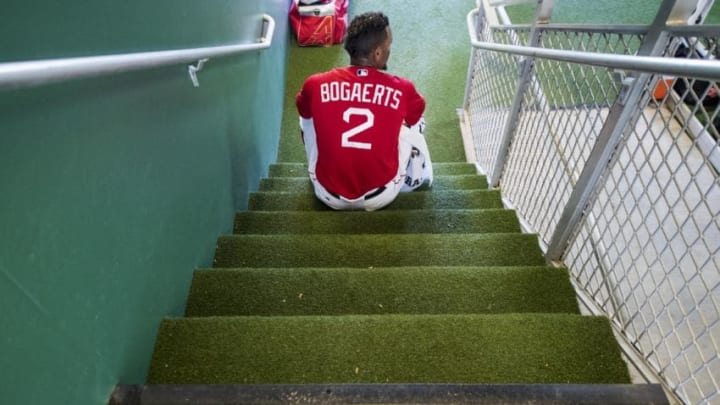
Optimal Launch Angle?
What’s dramatically different, at least so far, is the angle the ball is coming off the bat. xStats.org defines six different types of contact. Dribblers, ground balls, low drives, hard drives, fly balls and popups. The two extreme ends of those ranges are the least productive. Dribblers encompass anything lower than 0 degrees. Popups are all fly balls hit at higher than 39. Everything in between is quality contact of some sort. This table breaks it down over the last three years:
| Launch Angle | AVG | SLG | wOBA |
| <0 | .187 | .202 | .170 |
| 0-10 | .515 | .581 | .476 |
| 10-19 | .708 | .968 | .711 |
| 19-26 | .554 | 1.270 | .734 |
| 26-39 | .323 | .987 | .517 |
| >39 | .044 | .087 | .054 |
wOBA is weighted on base average, which is a measure of the value of each ball in play relative to its run value. In short, it weights each outcome by type (a list of weights for every year can be found here) instead of assuming a linear growth in value like a double being worth twice as much as a single. So it functions as a measure of overall hitting value. And per the table above, hitting the ball between 19-26 degrees is going to give you the most run value. After that, 10-19 degrees is most productive.
It is not, however, the best range for home runs. Most home runs are hit between 25 and 35 degrees. In fact, we can expect something in the neighborhood of 60% of home runs to be hit in that range in a given year. So the best range for home runs tracked at xStats is 26-39, or fly balls.
Next: What's this mean for Bogaerts?
